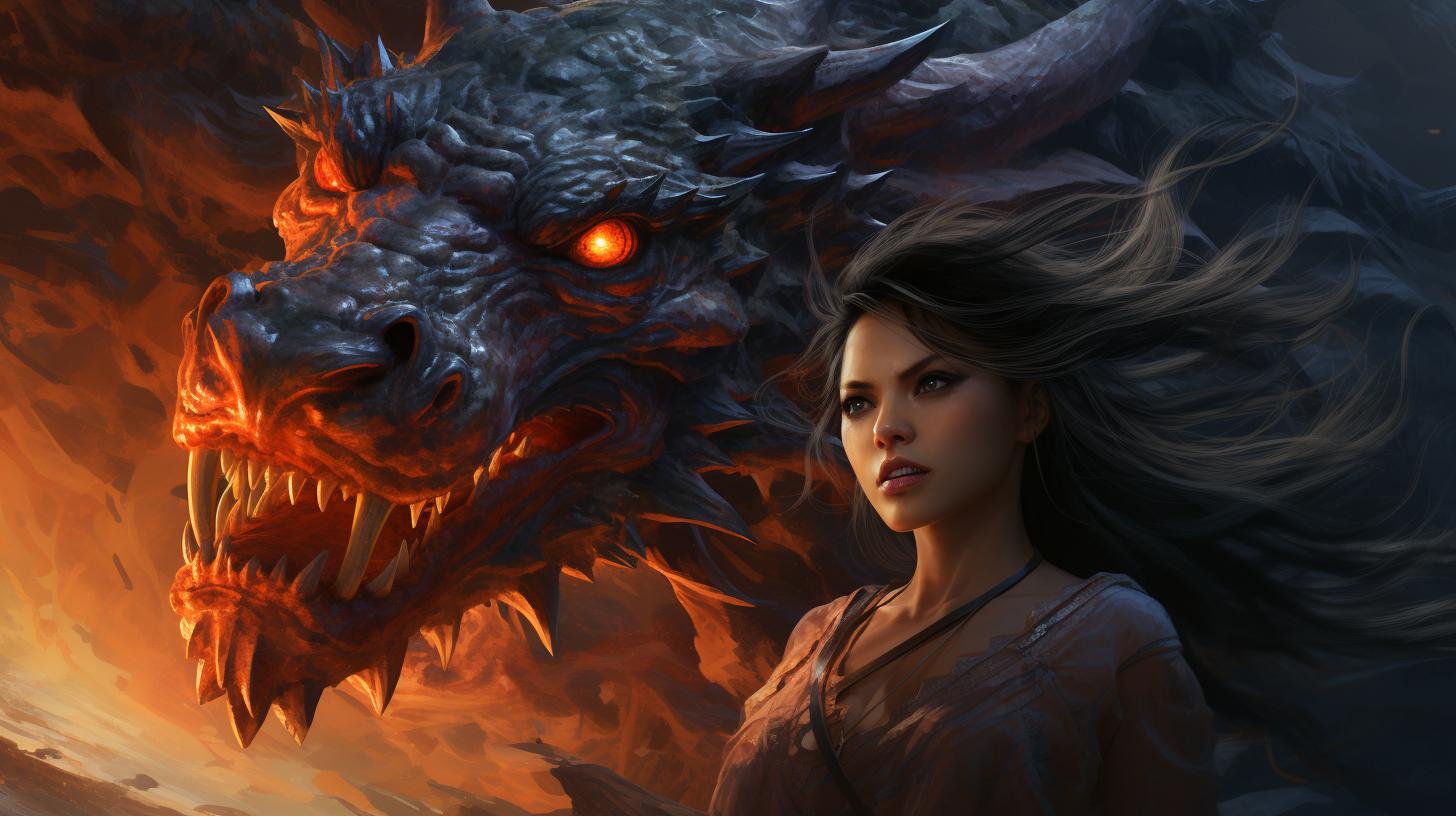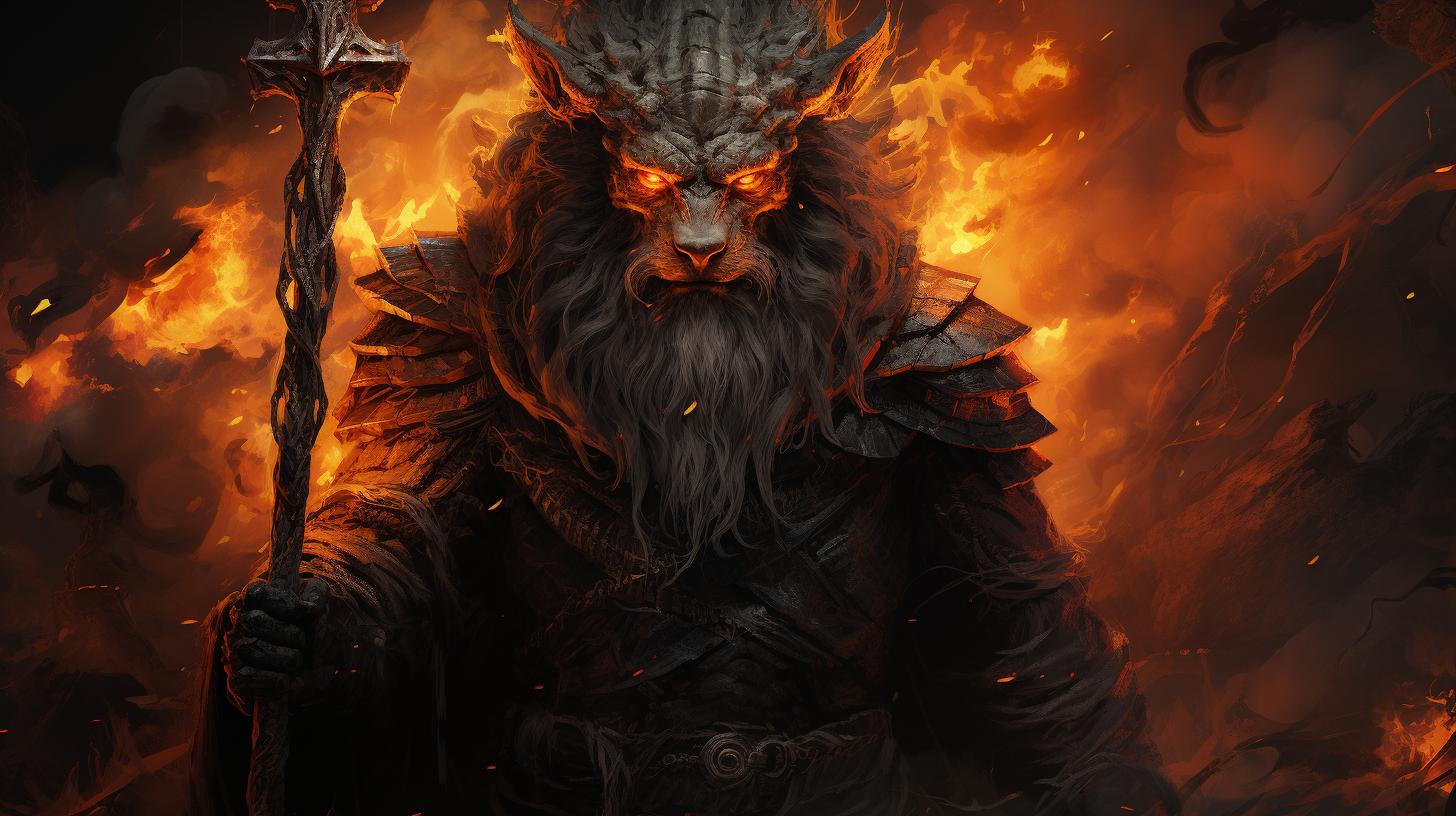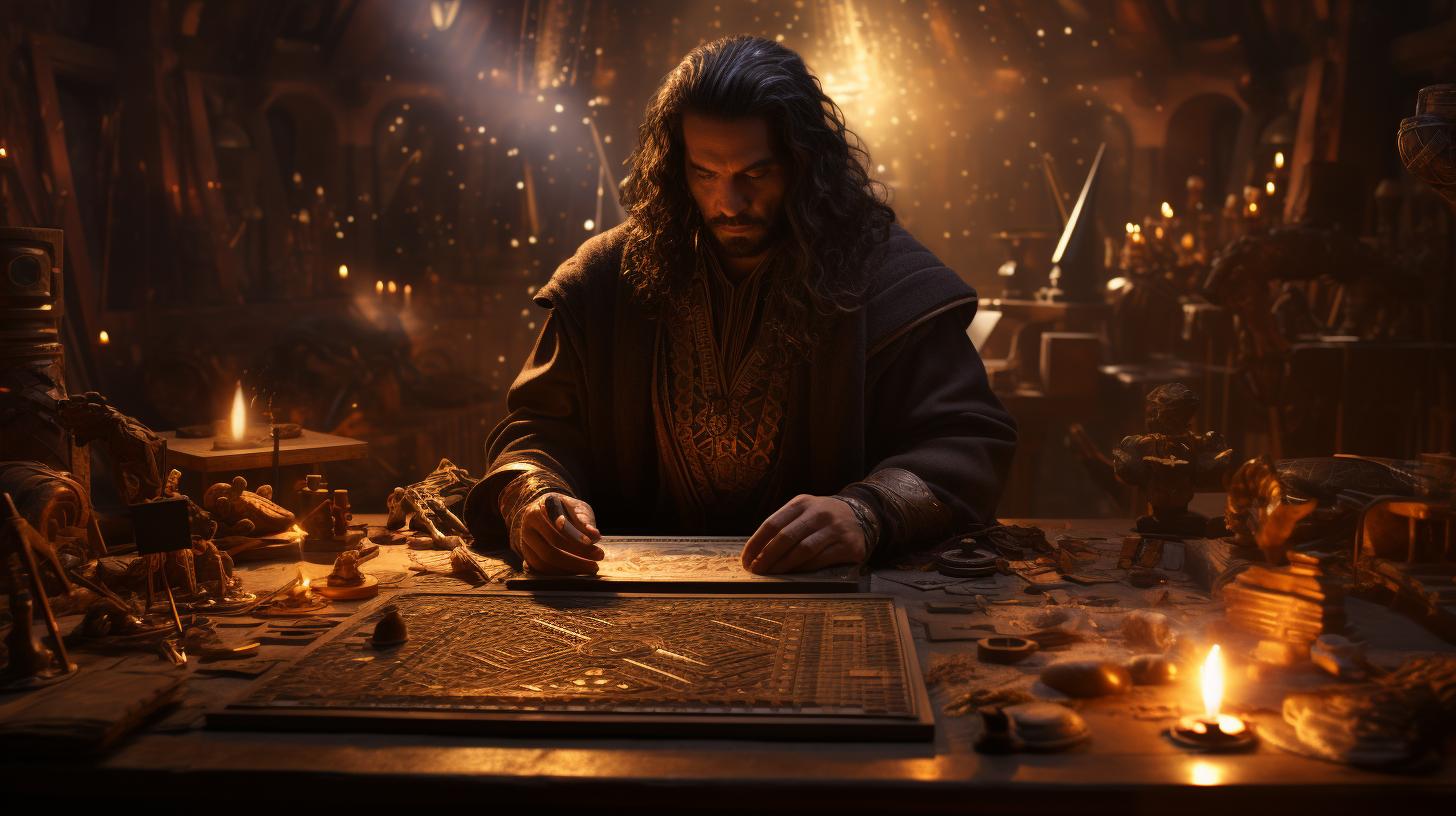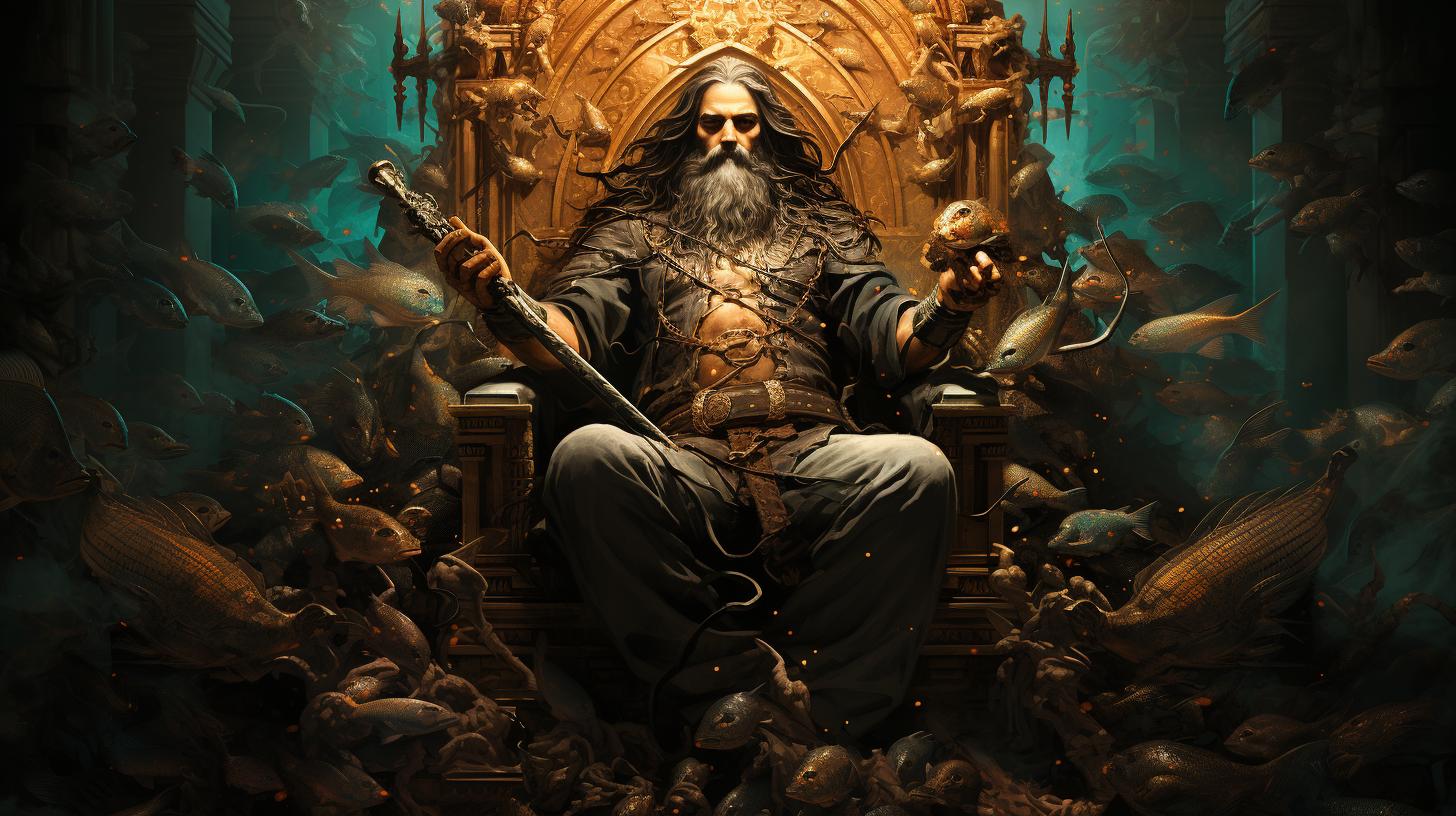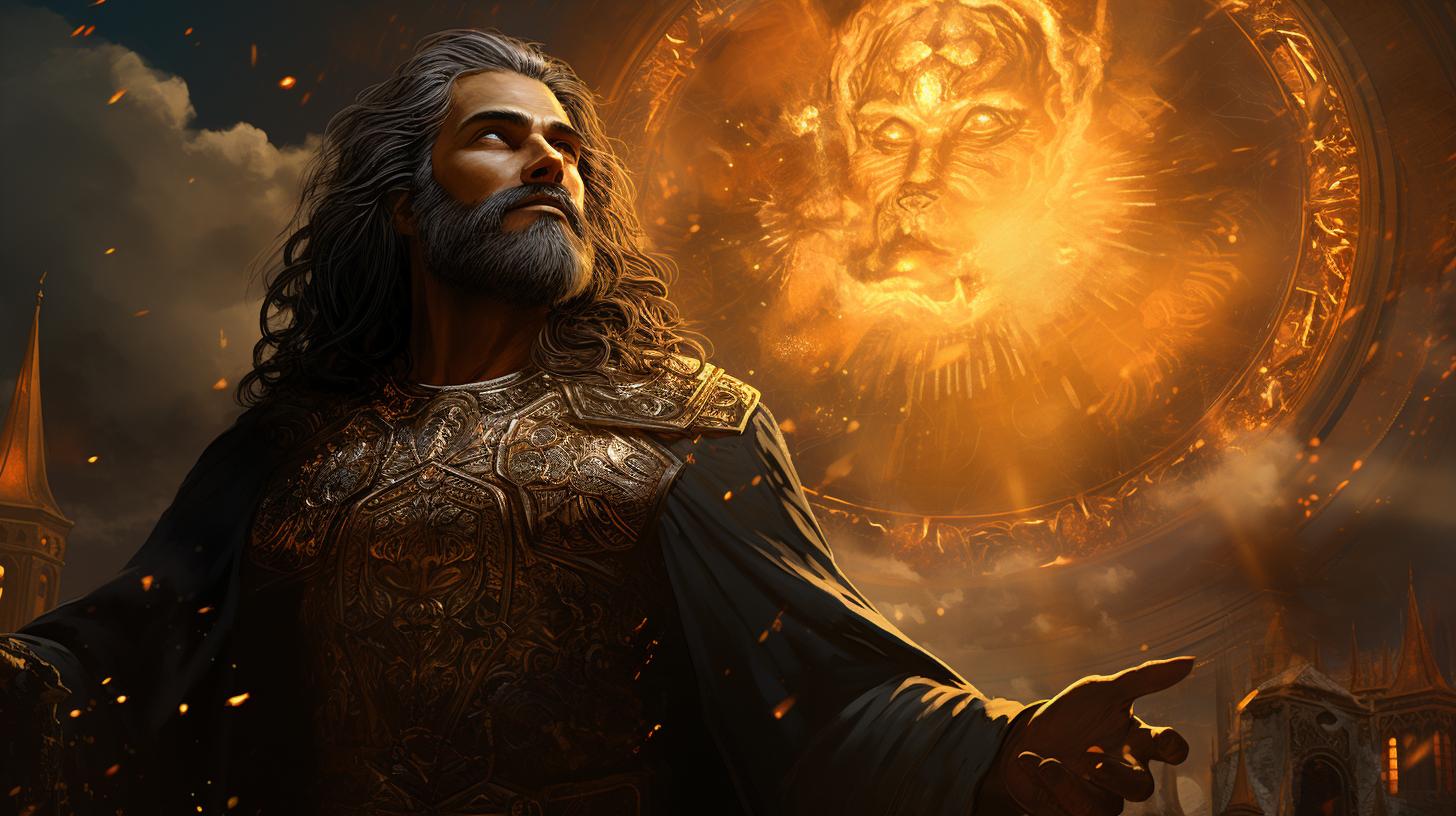Tiamat Dragon Goddess: Unveiling the Mesopotamian Mythical Powerhouse
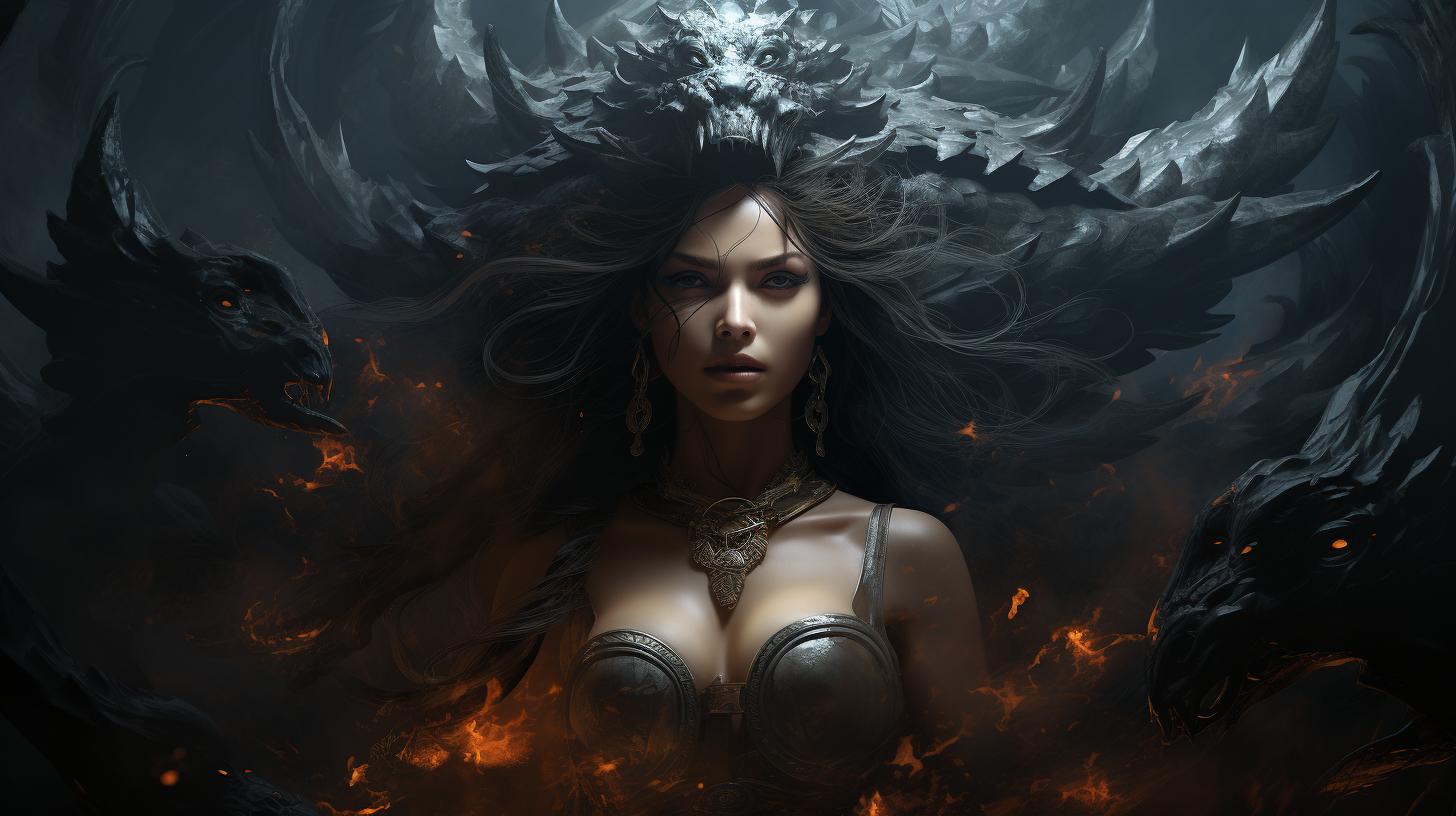
Tiamat dragon goddess, a prominent figure in Mesopotamian mythology, embodies the chaotic forces of creation and is revered as the mother of gods. Described as a serpent or dragon, her epic battles have influenced popular culture, particularly in role-playing games like Dungeons & Dragons.
This article explores Tiamat’s role in the creation myth Enuma Elish, her symbolism and physical representation, and her impact on various forms of media, including video games. Delve into the intriguing lore surrounding Tiamat, the mesmerizing dragon goddess.
Creation Myth: Enuma Elish
The Origins of Tiamat and Apsu
The captivating creation myth of Enuma Elish unravels the origins of Tiamat and Apsu, two primordial beings who set the stage for the rise of gods. Tiamat, the goddess associated with the salty sea, and Apsu, the personification of freshwater beneath the earth, brought forth the divine entities that shaped the cosmos.
Conflict with the Younger Gods
As time progressed, tensions arose between Tiamat and the younger gods who disrupted her peace with their relentless activities. These disturbances provoked the wrath of Apsu, who sought to annihilate these troublesome deities.
Rise of Marduk
Ea, one of the younger gods, cunningly plotted against Apsu and succeeded in eliminating him. From the remains of Apsu, Marduk emerged as the principal god, a symbol of power and authority.
Tiamat’s Revenge and the Battle against Marduk
Fueled by vengeance, Tiamat harnessed her fury and created a fearsome army of monsters to retaliate against Marduk and his pantheon. A climactic battle ensued, with Marduk displaying his might and knowledge in a fierce confrontation against the formidable dragon goddess.
With unmatched ferocity and skill, Marduk triumphed over Tiamat, cleaving her body in two to form the heavens and the earth. This victory solidified Marduk’s supremacy and established the divine order.
Tiamat: Who is She?
Tiamat, the awe-inspiring dragon goddess, holds a significant role in Mesopotamian mythology. As the Mother of Gods, she is revered for her divine power and influence. Tiamat personifies the chaos of creation and the vast expanse of the sea.
Her representation in mythology and culture continues to captivate and inspire. Let us explore the different facets of Tiamat’s identity and uncover the enigmatic depths of this mesmerizing deity.
Tiamat’s Role as the Mother of Gods
As the Mother of Gods, Tiamat is the progenitor of divine beings in Mesopotamian mythology. She gave birth to the gods, who emerged from her and Apsu, the personification of freshwater beneath the earth.
Tiamat’s maternal essence symbolizes the primal forces that shape the universe and the divine lineage passed down through generations.
The Personification of Chaos and the Sea
Tiamat embodies the chaotic and primordial forces of the universe. She represents the untamed power of the seas and the ever-changing nature of creation. In Mesopotamian cosmology, Tiamat’s presence signifies the delicate balance between order and chaos, as well as the cyclical nature of existence.
Tiamat’s Representation in Mythology and Culture
Throughout mythology and culture, Tiamat’s awe-inspiring presence has left an indelible mark. Her depiction as a serpent or dragon evokes a sense of mystique and power. Tiamat’s influence extends beyond Mesopotamian mythology, permeating various artistic expressions, literature, and even gaming.
Her appearance in Dungeons & Dragons and other media showcases the enduring appeal of this iconic dragon goddess.
Tiamat’s Physical Appearance and Symbolism
Tiamat, the dragon goddess of Mesopotamian mythology, is often represented through various imagery that evokes her power and association with the sea. This section explores the different symbolic elements tied to Tiamat’s physical appearance.
Serpent, Dragon, and Sea: Imagery of Tiamat
Tiamat is frequently depicted as a formidable serpent or dragon, emphasizing her connection to the watery realm she personifies. These representations highlight her immense strength and primal nature. As a serpent, Tiamat embodies both the beauty and danger associated with these creatures, while her dragon form symbolizes her role as a fierce guardian.
The sea is an integral part of Tiamat’s imagery, further illustrating her dominion over the vast depths. Her association with the sea signifies her embodiment of chaos, as the untamed and unpredictable nature of the oceans mirrors the primordial chaos from which she emerged.
The Significance of Tiamat’s Tail and Connection to Dragons
The portrayal of Tiamat with a tail holds great significance. The tail represents her power to manipulate and control the forces of water, symbolizing her authority over the chaotic forces of creation.
Additionally, it signifies her connection to dragons, as these mythical creatures are often depicted with long, serpentine tails. Dragons, like Tiamat, embody strength and wisdom, while their serpentine tails symbolize their association with primordial power and ancient knowledge.
The tail also serves as a metaphorical link between Tiamat and the cosmic order. By dividing her body to create the universe, she establishes a connection between chaos and order, giving rise to the world as we know it.
- Tiamat’s serpent or dragon form illustrates her power and primal nature.
- Her association with the sea represents the untamed chaos she personifies.
- The significance of Tiamat’s tail lies in its symbolic connection to water manipulation, dragons, and the cosmic order.
Tiamat in Popular Culture
Influence on Role-Playing Games, like Dungeons & Dragons
Tiamat’s awe-inspiring presence and rich mythology have made a significant impact on the world of role-playing games, particularly in the iconic game Dungeons & Dragons.
As one of the most powerful and memorable adversaries, Tiamat has been praised for her complex character and challenging encounters. Dungeon Masters have utilized her as the ultimate boss battle, testing the skills and strategies of players.
With her multiple dragon heads representing different types of elemental breath weapons, Tiamat has become an enduring symbol of formidable foes in the realm of fantasy gaming.
Tiamat’s Presence in Video Games and Other Media
Beyond the realm of tabletop role-playing, Tiamat’s captivating influence extends to video games and other forms of media.
Numerous video game franchises have incorporated Tiamat as a fearsome boss, providing gamers with exhilarating battles against the mighty dragon goddess. Her appearances in popular titles like Final Fantasy and Monster Hunter have elevated her status as a legendary adversary.
Tiamat’s imposing figure has also made appearances in other media, including literature, comics, and artwork, captivating audiences and reminding them of the power and allure of ancient mythological creatures.

